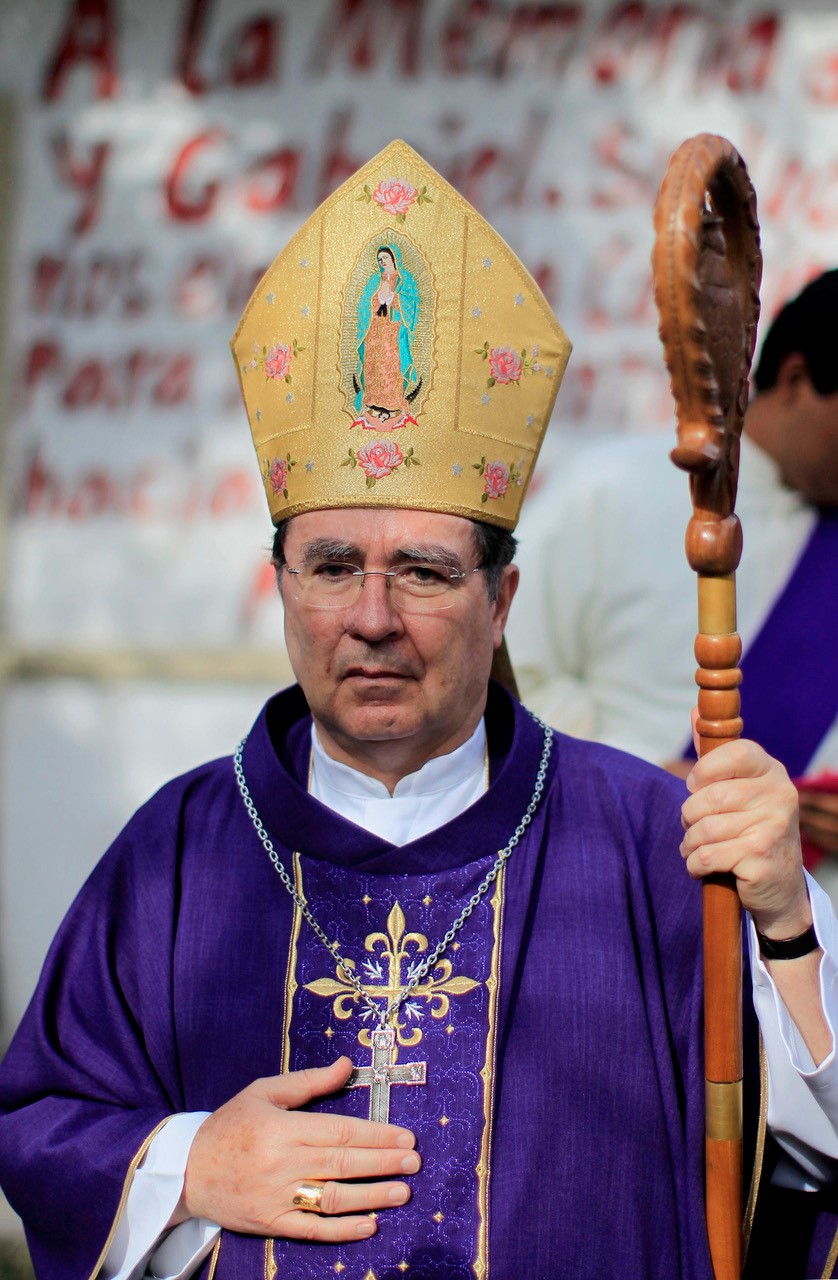The process to fill an archbishop vacancy is similar to the process used to fill a pastor vacancy — but on a much grander scale.
Both situations involve deep research, consultations with many people and a number of recommendations, but ultimately just one person makes the decision. Just as the archbishop of Milwaukee decides on local pastor appointments, the pope will appoint the next archbishop of Milwaukee.
This new appointment is anticipated because Archbishop Jerome E. Listecki has planned for some time to send his retirement paperwork to Pope Francis on March 12, his 75th birthday, as called for by canon law.
Archbishop Listecki, who was appointed more than 14 years ago, will remain archbishop if Pope Francis holds on to the resignation letter or asks him to stay until a new archbishop is selected. Other times, the pope accepts a bishop or archbishop’s resignation immediately and an interim administrator is elected or appointed.
The process to select a new archbishop or bishop can be a time consuming one, often taking eight months or more to complete, according to the United States Conference of Catholic Bishops website.
While the final decision is made in Rome, the process for selecting candidates to become a bishop or archbishop typically begins locally and works its way through a series of consultations, the USCCB website continues.
A key person in the process of selecting a new archbishop in the United States is the apostolic nuncio, who is the ambassador of the Holy See. He serves as Pope Francis’ personal and official representative both to the Church in the United States and to the U.S. government.
Cardinal Christophe Pierre, a native of France, has served as Apostolic Nuncio to the United States for about eight years. In the past, he has served in that role in Haiti, Uganda and Mexico.
Cardinal Pierre is charged with far more than gathering facts, according to the USCCB website. He would expect to consult with Archbishop Listecki himself and the Archdiocese of Milwaukee’s two auxiliary bishops, Bishop Jeffrey R. Haines and Bishop James T. Schuerman, as well as other past and present Wisconsin bishops, the USCCB description of the process indicates. The president and vice president of the United States Conference of Catholic Bishops would be consulted, and other archbishops may be as well.
Cardinal Pierre then could be expected to narrow the list of candidates and send a questionnaire to about 25 people who know each man for their input, under the process outlined on the USCCB website. His final report would include narrative comments regarding this research.
At the same time, “a report is requested from the current bishop or the administrator of a diocese on the conditions and needs of the diocese,” the website said.
In the typical process, after months of research and consultations, the nuncio submits a profile of about 20 pages to the dicastery, the USCCB website said. This includes three candidates listed alphabetically, but with his preference noted.
Cardinal Pierre’s profile will help the cardinals and staff who make up the Dicastery for Bishops to get a full picture of the status and needs of the flock.
The Dicastery of Bishops is made up of about 35 cardinals and archbishops from around the world. It is headed by Cardinal Robert Francis Prevost, O.S.A., of the United States but most recently bishop of Chiclayo in Peru.
Once it receives Cardinal Pierre’s report, the Dicastery of Bishops and its staff would gather more information and eventually takes a vote in order to recommend one man to the pope, who has the final say. The dicastery may follow the nuncio’s recommendation, choose another candidate of the three recommended, or even ask the nuncio to prepare another profile with a panel of three other men, the USCCB website said.
The international process echoes a local process followed when priests are placed as pastors, associates, chaplains or in other positions.
In that case, an archdiocese representative from the Priest Placement Office meets with the parish Pastoral Council, parish staff and other leaders about what attributes they would like to see in their next pastor. Priests who are anticipating a new assignment can learn about and visit parishes and other locations that expect to have openings. Others are consulted on recommendations, and ultimately, a special board makes a recommendation to the archbishop, who makes the appointment.

Cardinal Christophe Pierre, the apostolic nuncio, will do a lot of the legwork to present to the Vatican before a new archbishop of Milwaukee is selected. (File photo)
